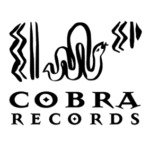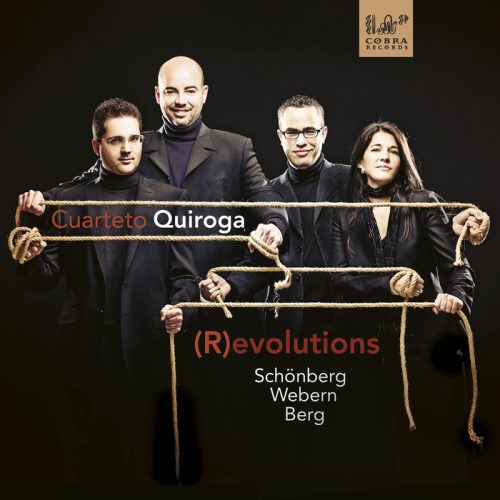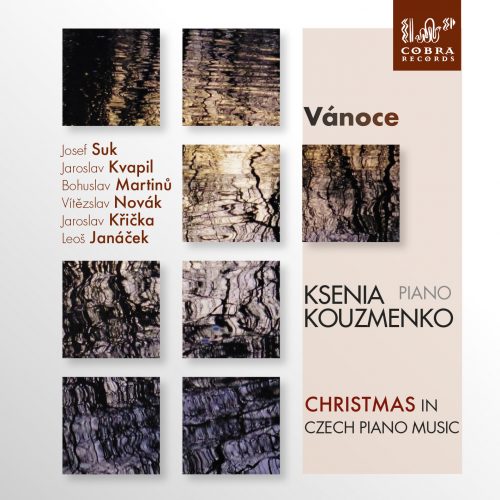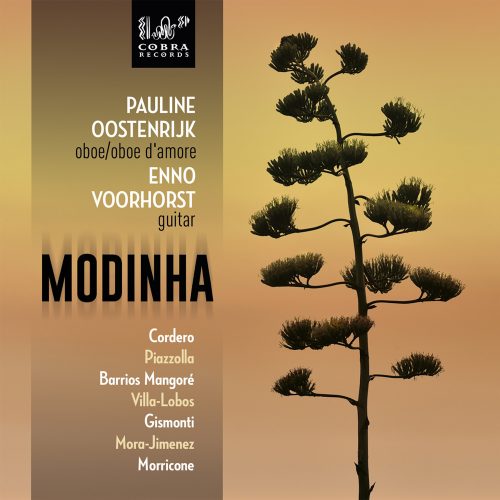A Revolutionary Evolution
“Music resembles a language. Expressions such as musical idiom, musical intonation, are not simply metaphors. But music is not identical with language. The resemblance points to something essential, but vague.” These words were written by Theodor W. Adorno, one of the greatest thinkers of the 20th century – as well as a respectable composer. He goes on: “The resemblance to language extends from the whole work, the organized linking of significant sounds, right down to the single sound, the note as the threshold of merest presence, the pure vehicle of expression. The analogy goes beyond the organized connection of sounds and extends materially to the structures. The traditional theory of form employs such terms as sentence, phrase, segment, ways of punctuating – question, exclamation and parenthesis. Subordinate phrases are ubiquitous, voices rise and fall, and all these terms of musical gesture are derived from speech.” What follows constitutes our focus: “[Music] makes use of recurring ciphers. These were established by tonality. If tonality does not quite generate concepts, it may at least be said to create lexical items. […] Their unchanging identity has become sedimented like a second nature. This is why consciousness finds it so hard to bid farewell to tonality.”
Adorno’s words help us understand the conceptual framework for the musical phenomenon in Austro-German culture. They also make us see that, just like linguists consider language a living organism undergoing a continuous process of change, composers deal with their own ‘musical language’ in a similar manner.
When someone mentions Arnold Schönberg’s name, people tend to react defensively, irately or untrustingly. Many professional musicians and programmers, as well as the average music lover, share a deeply entrenched prejudice with regard to Schönberg. Below his name, we find music made up of strange, unintelligible and difficult sounds shaping compositions which are often considered inaccessible, unnecessary and, sometimes without reserve, simply ugly.
Against the backdrop of the crisis that musical language experienced at the dawn of the 20th century, when chromatism progressively overtook the tonal system, not many proposals were as illjudged as Arnold Schönberg’s. His new path was (and still is) perceived as a terribly radical breakthrough, though it simply aimed at providing an honest, unaffected answer to the Classical and Romantic heritage, both formally and conceptually.
Schönberg and his two leading disciples, Anton Webern and Alban Berg, began writing strictly tonal music. While they evolved as composers in the intellectually and aesthetically stimulating context of early 20th-century Vienna, the three realised that the principles of clarity and unity, considered the unchanging fundamentals of musical expression, could only be maintained and guaranteed by delving into the path initiated by Bach, that is, the progressive substitution of tonality and the two modes, Major and minor, by a superior mode. Departing from a deep analysis and an exhaustive knowledge of the evolution of the linguistic system, which had influenced musical creativity in Europe from the Renaissance up until 1900, Schönberg and his disciples continued developing their composing technique until they concluded that chromatism had conquered the tonal language, thus condemning it to its definitive death or its necessary transformation into a different system.
Tracklist
Please note that the below previews are loaded as 44.1 kHz / 16 bit.Total time: 01:03:56
Additional information
| Label | |
|---|---|
| SKU | COBRA0037 |
| Qualities | |
| Channels | 2ch Stereo, 5 Channel Surround Sound, 2ch Stereo & 5ch Surround |
| Artists | |
| Composers | Bach, Berg, Schoenberg, Webern |
| Genres | |
| Mastering Engineer | Tom Peeters |
| Original Recording Format | |
| Digital Converters | DCS 904 AD / 954 DA |
| Microphones | Bruel & Kjaer, 4003, Neumann, Schoeps |
| Mastering Equipment | KEF Reference series 107 |
| Mixing Board | Rens Heijnis custom made |
| Producer | Tom Peeters |
| Recording Engineer | Tom Peeters |
| Recording location | Westvest90 Church, Schiedam Holland |
| Recording Type & Bit Rate | DSD64 |
| Recording Software | Pyramix |
| Instruments | |
| Release Date | January 6, 2014 |
Press reviews
Positive Feedback
I’ve found myself regularly returning to recordings by the Spanish string quartet, Cuarteto Quiroga. Their performances are refined, beautifully played, nuanced in interpretation, and played with total conviction… In this album, Cuarteto Quiroga provide a masters class on the (R)evolution that was the Second Viennese School post 1900. They start with Schoenberg’s first (and unpublished until 1966) String Quartet in D Major – a very tonal piece – and ending with Webern’s Bagatelles, Op. 9, in which Webern plays about with the twelve sounds that will eventually configure his serial system. Fascinating connections, evolutions. Of course, the album ends where it all began, with Bach.
To place a cherry on the top of this excellent performance and programming, the sound quality given us by Tom Peeters at Cobra Records is simply transportive. A rich, nicely reverberant, natural acoustic venue in which Tom captures beautifully the timbre of strings and resonance of wood. This is wonderfully recorded and presented album.
Ritmo, sept 2013
“Each piece is played with the right style, with exquisite care by the dynamic and with a variety of resources to the height of the best quartets.”
Beckmesser, 2013
Si el Cuarteto Quiroga dedicaba su primer trabajo “Statements” a Haydn, Webern y Sollima, este segundo se centra más específicamente en la segunda Escuela de Viena –Schönberg, Webern y Berg- si bien a más de uno le podrá sorprender la gratísima audición del “Cuarteto en re mayor” del primero de los citados. Músicas muy bien interpretadas y a la vez bien seleccionadas como muestra de un intenso periodo de cambio.
The Cuarteto Quiroga spent his first work “Statements” on Haydn, Webern and Sollima, the second focuses more specifically in the second Viennese School -Schönberg, Webern and Berg although more than one may surprise you the very pleasant hearing “Quartet in D major,” the first of those. Music performed very well and also well chosen as a sign of an intense period of change.
Musicframes, june 26, 2015
The Cuarteto Quiroga is flexible quartet and wide in timbre. Both the tonal work of Schoenberg as a-tonal pieces by Webern and Berg shine next to J.S. Bach motet and shows the power of these four string instruments. In one musical voice this string quartet plays easily the ‘(R)evolutions’ – with or without the ‘R‘!
1 review for (R)Evolutions
Only logged in customers who have purchased this product may leave a review.






The Schönberg, Webern and Berg works are excellent listens and contribute to the overall listening experience. The Bach, however, is totally out of place, destroying the overall arc of the album. It just doesn’t belong. The album would be five stars without the Bach.
C Bach (verified owner) –